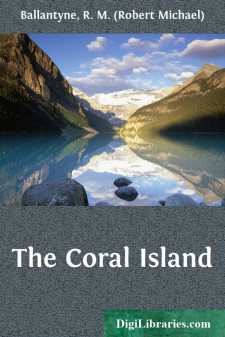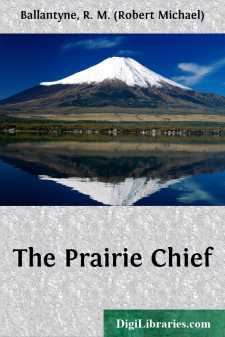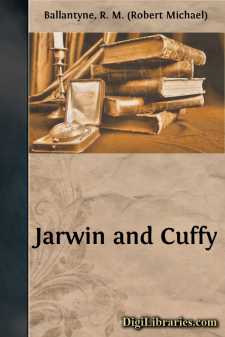Categories
- Antiques & Collectibles 13
- Architecture 36
- Art 48
- Bibles 22
- Biography & Autobiography 816
- Body, Mind & Spirit 145
- Business & Economics 28
- Children's Books 17
- Children's Fiction 14
- Computers 4
- Cooking 94
- Crafts & Hobbies 4
- Drama 346
- Education 58
- Family & Relationships 59
- Fiction 11834
- Foreign Language Study 3
- Games 19
- Gardening 17
- Health & Fitness 34
- History 1378
- House & Home 1
- Humor 147
- Juvenile Fiction 1873
- Juvenile Nonfiction 202
- Language Arts & Disciplines 89
- Law 16
- Literary Collections 686
- Literary Criticism 179
- Mathematics 13
- Medical 41
- Music 40
- Nature 179
- Non-Classifiable 1768
- Performing Arts 7
- Periodicals 1453
- Philosophy 66
- Photography 2
- Poetry 897
- Political Science 203
- Psychology 45
- Reference 154
- Religion 516
- Science 126
- Self-Help 85
- Social Science 82
- Sports & Recreation 34
- Study Aids 3
- Technology & Engineering 59
- Transportation 23
- Travel 463
- True Crime 29
Our website is made possible by displaying online advertisements to our visitors.
Please consider supporting us by disabling your ad blocker.
The Settler and the Savage
Categories:
Description:
Excerpt
The Wild Karroo.
A solitary horseman—a youth in early manhood—riding at a snail’s pace over the great plains, or karroo, of South Africa. His chin on his breast; his hands in the pockets of an old shooting-coat; his legs in ragged trousers, and his feet in worn-out boots. Regardless of stirrups, the last are dangling. The reins hang on the neck of his steed, whose head may be said to dangle from its shoulders, so nearly does its nose approach the ground. A felt hat covers the youth’s curly black head, and a double-barrelled gun is slung across his broad shoulders.
We present this picture to the reader as a subject of contemplation.
It was in the first quarter of the present century that the youth referred to—Charlie Considine by name—rode thus meditatively over that South African karroo. His depression was evidently not due to lack of spirit, for, when he suddenly awoke from his reverie, drew himself up and shook back his hair, his dark eyes opened with something like a flash. They lost some of their fire, however, as he gazed round on the hot plain which undulated like the great ocean to the horizon, where a line of blue indicated mountains.
The truth is that Charlie Considine was lost—utterly lost on the karroo! That his horse was in the same lost condition became apparent from its stopping without orders and looking round languidly with a sigh.
“Come, Rob Roy,” said the youth, gathering up the reins and patting the steed’s neck, “this will never do. You and I must not give in to our first misfortune. No doubt the want of water for two days is hard to bear, but we are strong and young both of us. Come, let’s try at least for a sheltering bush to sleep under, before the sun goes down.”
Animated by the cheering voice, if not by the words, of its rider, the horse responded to the exhortation by breaking into a shuffling canter.
After a short time the youth came in sight of what appeared to be a herd of cattle in the far distance. In eager expectation he galloped towards them and found that his conjectures were correct. They were cattle in charge of one of that lowest of the human race, a Bushman. The diminutive, black-skinned, and monkey-faced creature was nearly naked. He carried a sheepskin kaross, or blanket, on his left shoulder, and a knobbed stick, or “kerrie,” in his right hand.
“Can you speak English?” asked Considine as he rode up.
The Bushman looked vacant and made no reply.
“Where is your master’s house?” asked the youth.
A stare was the only answer.
“Can’t you speak, you dried-up essence of stupidity!” exclaimed Charlie with impatience.
At this the Bushman uttered something with so many klicks, klucks, and gurgles in it that his interrogator at once relinquished the use of the tongue, and took to signs, but with no better success, his efforts having only the effect of causing the mouth of the Bushman to expand from ear to ear. Uttering a few more klicks and gurgles, he pointed in the direction of the setting sun....












